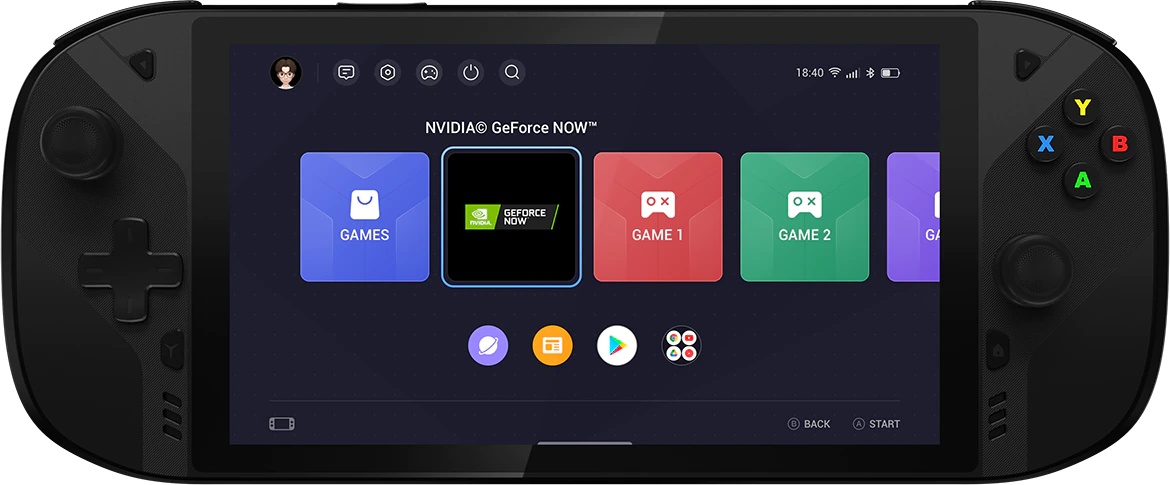What you need to know
- According to our sources, Lenovo is gearing up to enter the handheld PC gaming arena.
- Similar to devices like the Steam Deck and ASUS ROG Ally, Lenovo’s “Legion Go” device will sport AMD Phoenix processors, with an 8-inch display.
- It could look similar to Lenovo’s previously leaked Lenovo Legion Play Android device, which never reached general availability.
- Read on for more details.
The handheld PC gaming space is heating up, with huge success stories from both Valve’s Steam Deck and ASUS’ ROG Ally. Other long-time competitors in the space like AYANEO are also doing well, and Microsoft itself has tasked Xbox with improving the Windows experience on handhelds for this emerging category. Now, it seems, another major player is about to throw its weight into the mix.
According to our sources, Lenovo is working on a handheld gaming PC dubbed ‘Legion Go,’ and it will sport Windows 11 for maximum PC gaming compatibility.
While details are scant right now, we understand this will sport AMD’s new Phoenix processors, which the chip firm describes as ultra-thin, focused on gaming, AI, and graphics for ultrabooks. The fact the Legion Go will sport Ryzen chips pretty much guarantees that this is a Windows PC gaming handheld, as part of Lenovo’s popular gaming “Legion” brand.

An earlier leak from Liliputing some years ago outed Lenovo’s Legion Play effort, which was an Android-based handheld similar to the Logitech G Cloud or the Razer Edge. This device was never released generally, but the design could give us a hint about the form factor Lenovo will gun for with the Legion Go.
According to our information, the Legion Go could sport an 8-inch screen, making it larger than the ASUS ROG Ally or the Steam Deck, both of which have a 7-inch display. PC and console games ported to PC are often designed for larger monitors or even TVs, and on smaller screens, UI elements can be difficult to see, especially if the game doesn’t have a UI scaling option. A larger display could give the Legion Go a decent advantage over its competitors if it remains lightweight and balanced, which of course remains to be seen.
The AMD Phoenix 7040 series chips are described by the firm as “ultra-thin” for powerful, but elegant ultrabook-style devices. They should lend themselves well to a device like the Legion Go, supporting 15W low-power states for lightweight games and maximized battery life, similar to the Steam Deck and ROG Ally. The Z1 Extreme in the ASUS ROG Ally can perform with a TDP below 15W, however, which could give the ROG Ally some advantages there. There’s every chance the Legion Go could have other configurations we’re unaware of yet, though, we’ll just have to wait and see.
Where the Legion Go could one-up the ASUS ROG Ally is in software. I love my ASUS ROG Ally, but the ASUS software experience isn’t the best. The overlays on the ASUS ROG Ally aren’t the most responsive, and navigating through the Armory Crate and the MyASUS app for separate update tracks is confusing.
Based on my conversations at Microsoft’s Xbox event in LA, Microsoft is also gearing up to offer greater to support to OEMs exploring this new device category and likely is already involved with Lenovo’s efforts here. Dell’s Alienware brand also teased a prototype handheld a couple of years ago dubbed the UFO. It’s fair to expect other efforts from Razer and other major PC gaming brands in the coming years.




